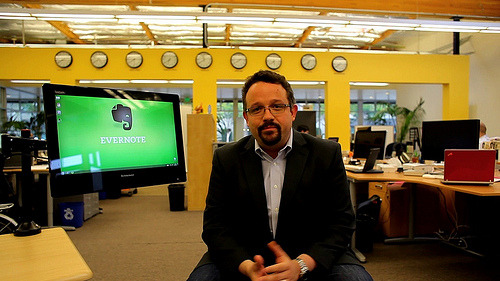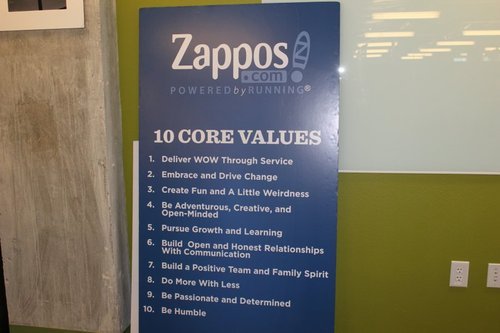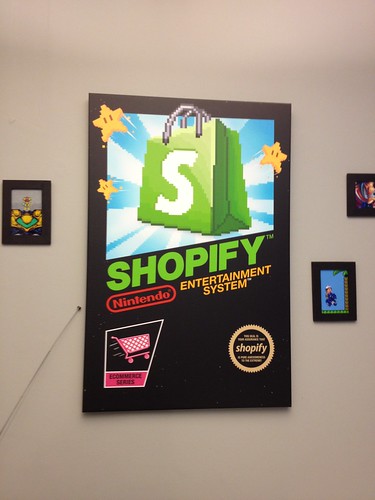In early 2005, Tony Hsieh was a relative unknown.
Zappos was a fast-growing company, but it was far from being the household brand that it is today. While it hadn’t yet come up with its core values for which it is famous today, the company had a growing sense of its own culture and identity. They were on the cusp of something big.
It was against this backdrop that Hsieh emailed this never-before published update to investors, employees, partners, and friends of Zappos. It’s an awesome behind-the-scenes look at what drove Hsieh and kept him up at night. In this glimpse into how Hsieh thought about building a company, you can see the seeds of what would grow into Zappos’s world-famous company culture and brand.
Within five years, Zappos would hit $1 billion in revenue and Hsieh would author Delivering Happiness, a #1 New York Times Bestseller, which would catapult him into being one of the most influential business persons in the world. But here is an unfiltered look into the mind of Tony Hsieh, before the notoriety and fame.









